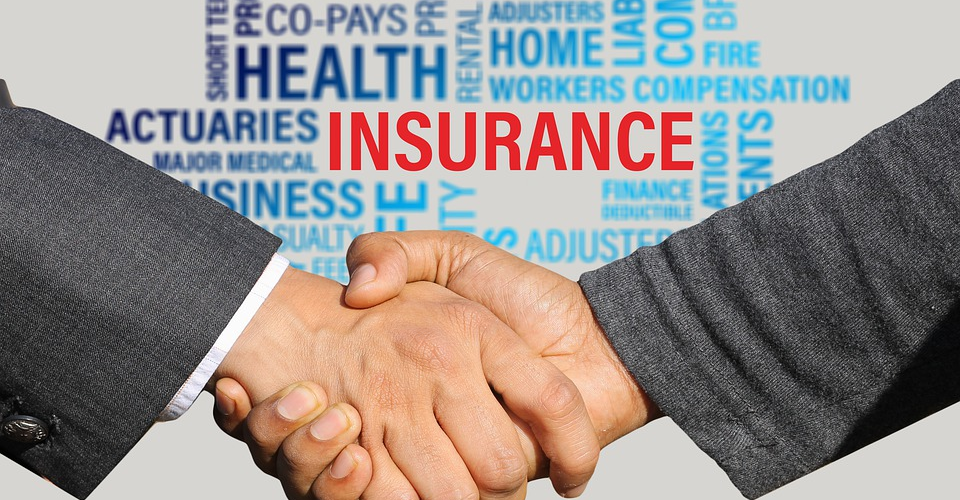Drone Insurance Types, Cost, and Companies
Drones are amazing and incredibly fun pieces of technology. From another perspective, they are also very expensive devices that tend to be put in precarious situations. Despite the level of sophistication of drone technology, flying your drone always means risking the loss of all your hard-earned money should your drone get into a bad crash. What’s the best way to reduce this risk?
The answer lies in drone insurance. Much like your car or house, getting insurance for your drone means having a financial safety net should your drone get damaged. How does drone insurance work and how do you get one? What are the best companies offering drone insurance?
Why get drone insurance?
We’ll say it outright: whether you are flying recreationally or commercially, you can probably fly your drone within legal bounds even if you don’t have any sort of drone insurance. There is no provision in either the Part 107 rules or the Special Rules for Model Aircraft that suggests or even recommends the use of drone insurance. So why bother with it anyway?
For recreational drone pilots, having drone insurance is a way to fly your drone with peace of mind. If your drone gets into a particularly bad crash, you might end up saddled with hundreds of dollars’ worth of repair costs. Worse, your drone could get so badly damaged that you have no choice but to buy a new one. This can be particularly problematic if you own a drone in the upper price range – anything worth more than $1500 probably deserves some sort of insurance.
If you are using your drone to fly for profit, then a drone insurance policy becomes much more valuable. Again, there are no legal requirements to get insurance to fly commercially. However, taking drone gigs can take you in a variety of circumstances. Flying in unfamiliar situations can increase the chances of getting into a crash. Even worse, a drone crash can lead to property damage or injury to people for which you will also be held responsible.
Having drone insurance protects your business from suffering any financial emergencies due to drone crashes. It also allows you to complete your jobs even when you run into accidents. Drone insurance has become so critical to drone business owners that many clients will require you to have an insurance policy
What are the types of drone insurance available?
1. Drone hull insurance
The first type of insurance, typically called drone hull insurance, is useful whether you are a recreational or commercial drone pilot. In a drone hull insurance policy, the asset being insured is the drone itself.
The coverage of drone hull insurance will depend on the value of the drone. If you have drone hull insurance, it is important to keep abreast with the current market value of your drone. After all, the value of your drone now is probably significantly lower than its value when you bought it several months or years ago. By making sure that your policy reflects the current market value of your drone, you avoid ‘overpaying’ your premium. Some insurance policies can make this price adjustment for you – it’s best to ask them for these terms.
2. Payload insurance
Depending on the industry you are serving or your line of work, your drone might be outfitted with particularly expensive payload accessories such as high-definition cameras, gimbals, NDVI sensors, LiDAR sensors, or thermal cameras. In some cases, these accessories could cost just as much or even more than the drone. Since they are critical to running your business, it makes sense to have them insured as well.
While payload insurance seems like it’s very similar to a drone hull insurance, it is often recommended not to lump them together. Cameras or sensors depreciate at a different rate compared to drones, which means that it’s better for premium payments for these policies to be scheduled differently. As with drone hull insurance, it’s important to keep the insured value of your payload up to date with the current market value to avoid overpaying.
3. Liability insurance
Liability insurance is probably the most expensive insurance that you’ll be getting as a drone pilot. This insurance covers the costs of all other consequences of a possible drone crash, including damage to the property of other people or injury to non-participating parties. For instance, liability insurance will provide a financial safety net for you should your drone end up falling on top of someone’s car or the roof of a house.
As you can imagine, the cost of crashing your drone into someone else’s property or having to pay the hospital bills of a person you injured can be quite large. The coverage of a typical liability insurance policy is accordingly high, usually starting at $500,000. For large drone-based businesses, liability insurance of up to $10 million is not unheard of. Naturally, the premium for such insurance coverage is also higher.
For owners of commercial drone businesses, liability insurance is arguably the most important type of insurance. In case an accident happens, not having liability insurance can be bad enough to result in the failure of your business. Worst, you could end up paying for the consequences of your drone accident out of your own pocket. It won’t just ruin your business – it might end up running your financial situation for the years to come.
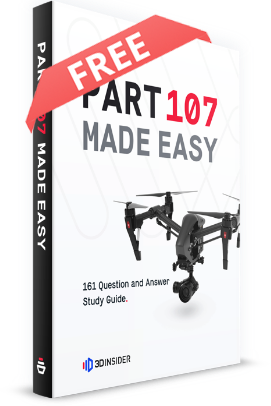
PART 107 Made Easy
- 161 Question and Answer Study Guide
- 105 pages of illustrated content
- Covers all parts of the Part 107 test
- $97 of value for free
How much does it cost?
There isn’t a single answer to this question. Much like any other insurance policy, the premium of drone insurance gets higher with larger coverage. Coverage in this context considers not just the cash amount that the insurance can cover, but also the circumstances that will warrant an insurance claim. For instance, a drone hull insurance policy can include water damage, fire damage, and theft. If these aren’t included in the baseline coverage of the policy you are applying for, adding them in will require paying a higher premium.
Your profile as a drone pilot or a drone business owner also plays a role in how the insurance company determines your premium. Insurance companies are always assessing the level of risk that they are taking by providing you with a policy. Newbie pilots will typically be quoted a higher premium amount as they are more likely to get into drone-related accidents. You can also be charged with higher premiums if the industry you are working in is inherently risky, such as industrial equipment inspection or drone surveillance.
Fortunately, there are also a couple of qualifications that can help keep your premium down. Having a Part 107 drone license or detailed flight records can be enough evidence that you can fly drone missions safely. Even something that seems superficial, such as how your professional website looks like, can help you get a good deal on drone insurance.
How much should you expect to pay for good drone insurance? Hull insurance isn’t very expensive. For a drone that costs between $1500 to $2000, you can expect drone hull insurance to start at about $220 per year. Liability insurance coverage is much higher, typically starting at around $1 million. If you want liability insurance with this coverage, you will need to pay an annual premium between $750 to $1000. You can extend that coverage up to $5 million for an annual premium of around $2000.
The best drone insurance providers today
Right now, there are more than a dozen companies offering insurance policies for drone pilots. Not all these companies are made equal, though. We suggest getting your drone insurance from a company with an aviation specialty, as they are more likely to offer terms that are specially catered to drone pilots. With that in mind, we have come up with a short list of the drone insurance companies that we highly recommend.
1. Avion Insurance
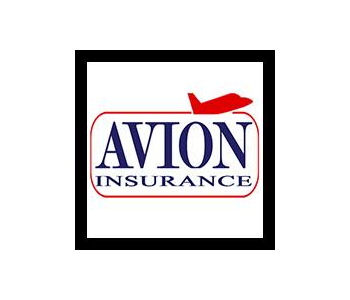
Avion Insurance is one of the top names in the overall aviation insurance. They offer a wide range of insurance products that can be applied for helicopter, jet planes, and turbo propeller planes. They also have a UAV and drone insurance policy that covers both liability damage and drone hull damage. If you’d like to insure high-end accessories such as DSLR cameras, gimbals, and other onboard components, they can also be included in your policy.
The biggest advantage of Avion Insurance is their extensive experience across several facets of aviation. They boast of representing every A-rate aviation insurance underwriter in the industry, ensuring that they can present you with all available insurance options for your circumstances. The process of signing up for drone insurance is incredibly convenient, as you can make inquiries, ask for an estimate quote, and finalize the terms of your policy from their website. If experience and professionalism are essential to your selection of an insurance provider, then you would be hard-pressed to find a better option than Avion Insurance.
2. UAV Protect
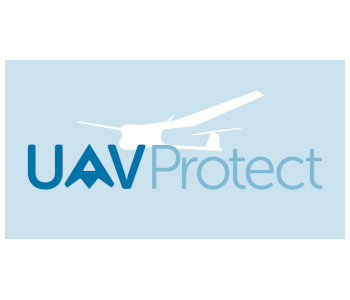
In contrast to the extensive selection of insurance products of Avion Insurance, UAV Protect specializes only on drone insurance. With such a focus, UAV Protect aims to be the top provider of UAV and drone insurance worldwide. Lofty goals, we know, but UAV Protect’s team of young and dynamic just might make it happen.
The nice thing about UAV Protect’s specialization for drone insurance is that they offer policies tailor-made for a variety of commercial drone applications. From emergency response to agriculture, pipeline inspection, and news coverage, it seems that UAV Protect’s offerings should be extensive enough for anything you need. It’s also impressive how intimate UAV Protect’s knowledge of the industry is to be able to come up with unique policies for each application.
UAV Protect offers all types of drone insurance products that you could need. Aside from the standard third-party liability and drone hull insurance options, they offer a few unique policies. The Privacy and Trespass policy protects against liability perils due to possible issues with intrusion or infringement of privacy. This can be particularly useful if you need to do drone flight missions in residential areas where some homeowners may express sensitivity to having a drone flying nearby.
Another unique policy from UAV Protect is the War All Risks and Liability Insurance. This policy is for drone flight in high-risk conditions such as during war, rebellion, or terrorist acts. Naturally, this policy commands a higher premium, but it’s nice to still have insurance coverage in a situation that insurance companies would normally turn down.
3. SkyWatch
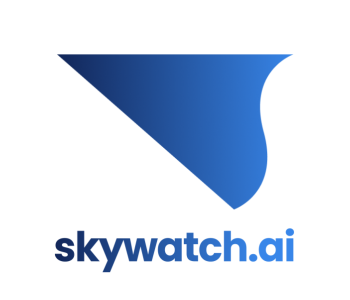
SkyWatch operates in very different terms compared to traditional insurance companies. Instead of having to pay a premium for a year or more’s worth of coverage, SkyWatch provides on-demand coverage. This means that you can activate the insurance policy only when you need it. This model has become very popular among commercial drone pilots as it’s much cheaper and gives them much more flexibility.
The system works via an easily accessible app that you can install on your mobile device. To get your insurance activated, you simply need to input the date and time of your flight and your location. SkyWatch maintains an up to date risk map that they use to assess how much you need to pay for insurance coverage while providing real-time safety warnings throughout your flight. The premium is paid by the hour, so you only need to pay for how long you want to fly. The downside is that the per-hour plan only includes liability insurance and provides no coverage for drone damage.
If you want more flexibility in your operations, you can opt for the monthly subscription under SkyWatch Plus. This allows you to fly anywhere in the US, eliminating the hassle of having to input new details every time you fly. Another benefit is the integration of drone hull insurance and a large coverage for third-party liability.
4. Verifly
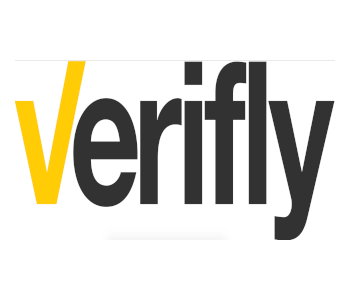
Verifly is a liability insurance provider for drone pilots that also uses an on-demand model to keep prices down across a variety of flight conditions. The services can also be accessed via a mobile app with which you’ll specify when and where you will be flying and the type of drone you have. You can choose between 1, 4, or 8-hour sessions.
The app interface provides real-time pricing for your chosen location and allows you to choose the maximum coverage of your policy. Even if your flight is still scheduled tomorrow or next week, you can still schedule ahead of time. The app provides a Certificate of Insurance whenever you sign up for a policy which you can show your clients if they demand that you have insurance coverage.
Final thoughts
A bitter reality when it comes to drone flight is that you will very likely crash your drone at some point. Sometimes, your drone can brush it off and get back to flying. However, you might end up unlucky and end up with a drone that can’t fly anymore. Worse, your drone crash may even result in more liabilities due to damage to other property. If these cases come up, you will be very glad to have insurance coverage.
For those who run drone-based businesses, insurance not just protects your drone business from financial shortfall but can also act as a good marketing tool for potential clients. Remember: a true professional plans for everything.

